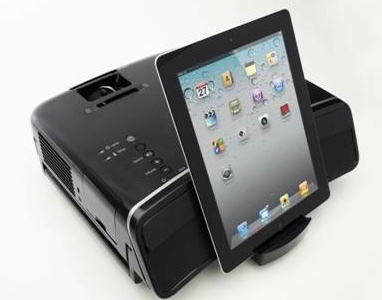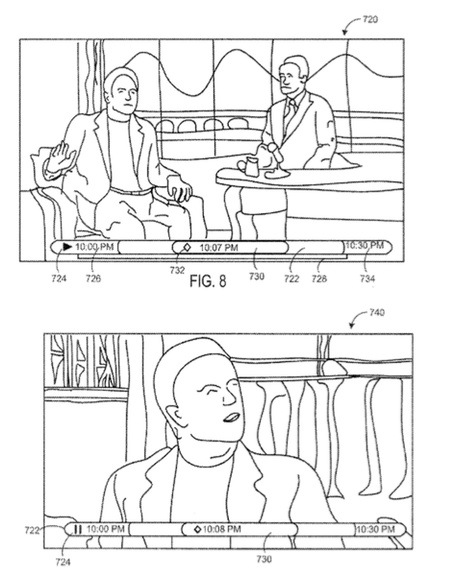I wasn’t sure if we’d see Light Peak on Macs this year. But now I think we will, at least late in the year. In an interview with IDG News Service David Perlmutter, executive vice president and general manager of Intel’s Architecture Group, said the interconnect technology is ready for implementation, reports “Computerworld” (http://macte.ch/86vfk).
“The copper came out very good, surprisingly better than what we thought,” Perlmutter said. “Optical is always a new technology which is more expensive.”
Perlmutter declined to comment on when devices using Light Peak would reach store shelves, saying shipment depended on device makers. Intel has in the past said that devices with Light Peak technology would start shipping in late 2010 or early this year. For the majority of user needs today, copper is good, Perlmutter said. But data transmission is much faster over fiber optics, which will increasingly be used by vendors in Light Peak implementations, notes “Computerworld.”
Light Peak paves the way for a new generation of extreme computer input and output (I/O) performance, delivering 10Gb/s of bandwidth, with the potential ability to scale to 100Gbs over the next decade, according to Perlmutter. At 10Gb/second, a user could purportedly transfer a full-length Blu-Ray movie in less than 30 seconds. Intel ha said it intends to work with the industry to determine the best way to make this new technology a standard.
The optical technology allows for smaller connectors and longer, thinner, and more flexible cables than currently possible. Light Peak also has the ability to run multiple protocols simultaneously over a single cable, enabling the technology to connect devices such as peripherals, displays, disk drives, docking stations, and more. Think of it like loading up many cars onto a high-speed bullet train.
On the Mac, Light Peak will probably serve serve as a complement to existing ports, at least initially. For example, there’s no conflict between USB 3.0 and Light Peak. Intel says they see Light Peak and USB 3.0 as complementary, as the former enables USB and other protocols to run together on a single, longer cable and at higher speeds in the future.
But eventually Light Peak will be a replacement for the cables that currently lead to monitors, external drives, scanners, and just about anything else that plugs in to a computer. A Mac could have a number of Light Peak ports for different devices, or a connection could lead to a hub with multiple connections of its own.
— Dennis Sellers




